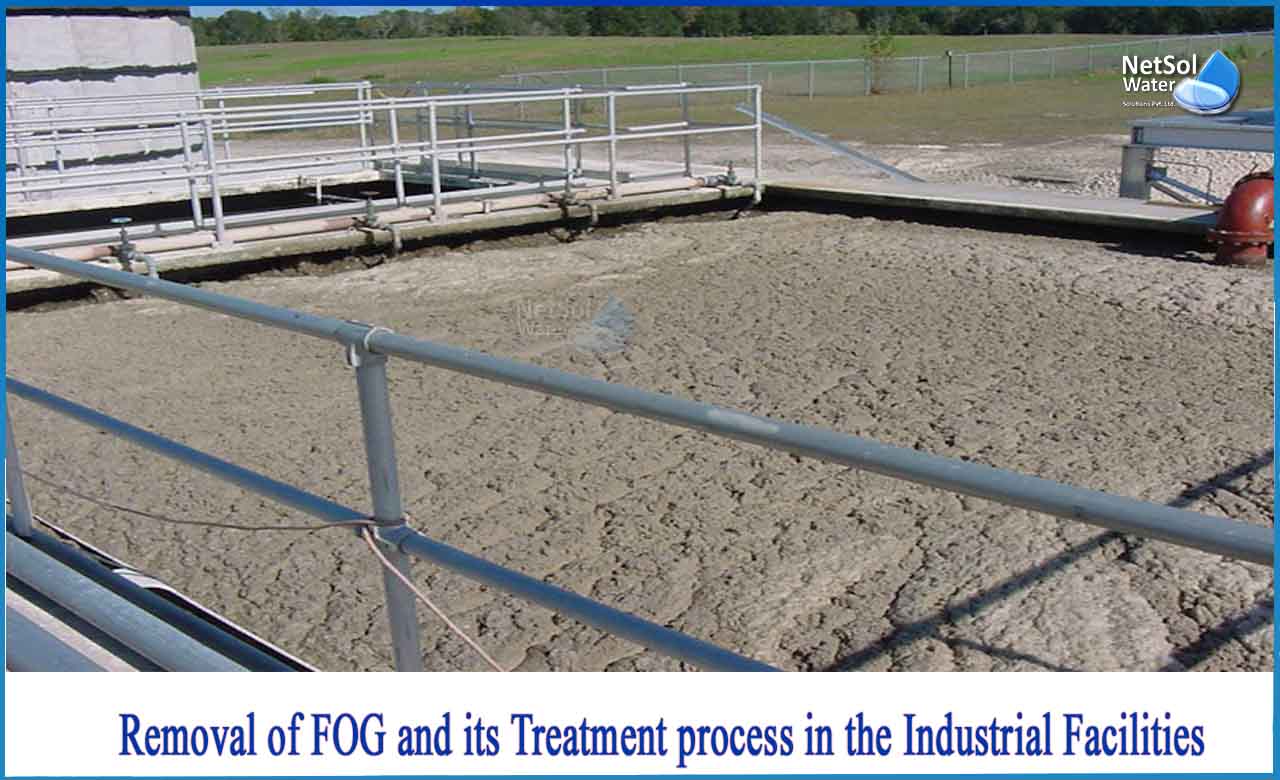How to remove fat, oil, and grease in the Industrial Facilities?
Cooking foods such as vegetable oils, meats, and dairy products produce fat, oil, and grease (FOG). It is commonly found in food service establishments such as restaurants and bars, and it can enter the sewer system during cleaning activities.
The issues connected with FOG are discussed in this article, as well as the numerous treatment options available to disperse or eliminate it.
Issues related to FOG
1: In the wastewater system, it produces a variety of issues, both in the drains and wastewater collection system, as well as in the wastewater treatment facilities.
2: In the wastewater treatment system,Fats, oils, and grease mix with food and other sanitary waste in the drainage system, and thus coagulate, and harden in the pipe. FOG-related clogs can cause sewer overflows due to limited capacity or rupture drain and sewer pipes, in addition to unpleasant odours. This might have serious environmental effects, such as land contamination and public health risks.
3: At a wastewater treatment facility, FOG can cause further problems after it reaches the wastewater treatment plant. Grease takes longer to decompose biologically than other components of municipal sewage. It can also congeal on the surface of settling tanks, digesters, pipes, pumps, and sensors, forming deposits. Grease can jam sludge pumps, partially block screens and trickle filter systems, and limit the operation of sludge digesting microorganisms in high quantities. Excessive foaming, increased sludge volume, and issues with floc-forming bacteria are among the other challenges.
Methods for removal of FOG in Wastewater Treatment facilities
Despite the fact that "oil and water don't mix," which is essentially accurate, they can co-exist in the form of an emulsion. The oil appears as drops spread uniformly throughout the aqueous phase in an emulsion with water as the main component. The agitation affects the concentration and size of the oil drops. Because of the difference in density, if the emulsion is allowed to settle, the two components will begin to separate. Although, in most cases, a full separation is impossible, and some oil drops will float in the water.
The following are the most prevalent methods for separating water and oil:
1: Vacuum evaporation
A: Because the water generated is of superior quality and can be reused immediately, the evaporation process is the sole technique to separate oil from water without needing to pre-treat the effluent or require further operations.
B: In contrast to membrane-based procedures, there is no other residual effluent created. A semi-solid residue is formed, which can be revalued in other processes, such as anaerobic co-digestion, according to its composition.
C: Another major benefit of vacuum evaporation of oily effluents is its increased ability to adapt to changing properties of the effluent under treatment, making it a reliable and efficient option.
D: Furthermore, because it runs in a vacuum, energy consumption is kept to a minimum, resulting in excellent efficiency.
E: The equipment is small and does not require a lot of physical space. It is simple to operate and can be automated. This is unquestionably the best option for treating greasy effluents.
2: Dissolved Air Flotation or (DAF)
A: When there is no agitation, the difference in density is employed to separate the oil from the water by allowing it to float. The oil drops begin to rise to the surface as they develop in the aqueous phase.
B: Air is bubbled through the upper half of the tank to speed up the process of floating the oil. When the flow under treatment is increased, the separation is efficient, but it requires a lot of room and heavy equipment.
C: When the oil emulsions and water are stable, the emulsion should be broken beforehand by adding a chemical product.
Conclusion
Oily emulsions must be handled before discharge. There are various ways for separating oil from water and even producing a high-quality water effluent that can be reused. Fat, oil, and grease pose a significant threat to our wastewater treatment systems. FOG should not be allowed to enter the network in the first place, but if it does, the right remedy must be chosen to handle the problem.
How can we help?
Netsol Water can customize WWTPs, STPs and ETPs as per clients’ requirement. These treatment facilities require less maintenance and are known for producing water that is safe to re-use or discharge after treatment. We can offer these structures in a variety of sizes to meet the needs of our clients.
You can always find useful information by liking and following us on YouTube and LinkedIn.
For further inquiries or product-purchase-related questions, give us a call on +919650608473 or email at enquiry@netsolwater.com.



